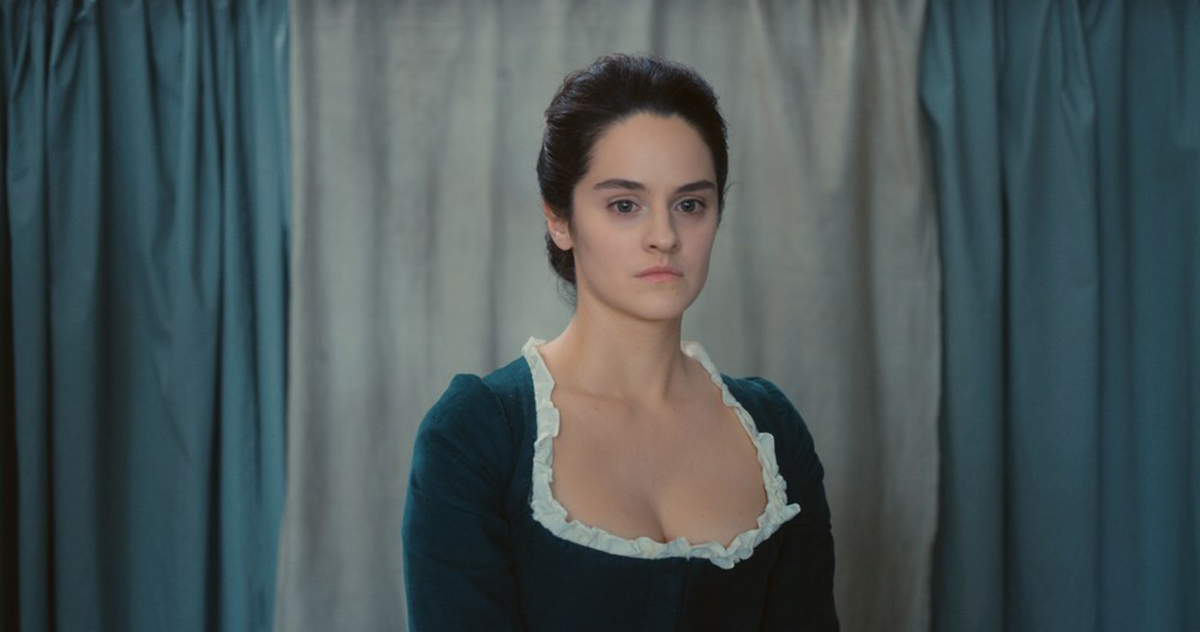Before “Portrait of a Lady on Fire,” a breathless, wind-swept lesbian romance about a painter and her subject, French director Céline Sciamma was best known for her tales of adolescent fluidity: “Water Lillies,” “Tomboy,” and “Girlhood.” In these films, female protagonists are as likely to be reviled by society as they are to be embraced by it. “Portrait of a Lady on Fire,” though set centuries before its predecessors, strips away that ambiguous fear to offer a world far more present, matriarchal, and utopian. On an isolated island estate, protagonists Marianne and Héloïse are finally given a frame within which they can freely create.
READ MORE: The 25 Best Films Of 2019
So too went the creation of the film, a period-specific production ruled by timelessness and instinct, with leads Noémie Merlant and Adèle Haenel as much at the helm as Sciamma herself. As the painter Marianne, Merlant is particularly skilled at portraying her character’s careful observation, her performance of a gasp, or a glance as loaded as any of the script’s countless florid exchanges.
READ MORE: 52 Films Directed By Women To Watch In 2020
Nominated for two César Awards in 2016 for her turn as Sonia in Marie-Castille Mention-Schaar’s “Heaven Will Wait,” Merlant is now a favorite to take home the Best Actress statue for playing Marianne. On a harried press day before she flew, once again, from Los Angeles to Paris, I talked with her about the ‘Portrait’ filming process, patriarchy, and the high demand for great lesbian films.
What did you know about Céline Sciamma’s work going in? Was she someone you’d wanted to work with?
I’ve seen all of her movies before, so even though I didn’t know what the movie was about, when I got the script I was like, my God, I’ve got to work with her. This is a director – and a woman director – whose work I really appreciate. And as soon as I met her at the audition, where was giving me the lines of Héloïse, she really created this horizontal gaze – an environment of kindness and respect and equality. The vision of the movie was her vision in life, and I felt that straight away.
How would you describe her style on set?
She’s a mix of fun and intensity, the importance of the work and of cinema. And for her, it’s really important that, even if she has a strong vision, a strong script, everybody on set can express himself or herself. There is no conflict, there is no domination, nobody has to exist in her way and in her vision.
Can you describe how that collaborative nature actually looked in filming?
Her script has all the details in it. Not only all of the dialogue but also all the silence: the steps, the looks, the breathing. So when we start shooting, we don’t rehearse. She knows that we have enough of a frame from the script, and we also have the restriction of the costumes and the focus because the light is candles so the focus is really hard to get. So we have our frame, and we can fill it with our ideas. There are a thousand ways to look at someone, there are a thousand ways to say a line of dialogue. We could embody this material that she gave us with our own vision of our character and a vision of art.
How much research went into what it meant to be a marriage portraitist at this time.
This the difficulty with Celine, she doesn’t want us to be too cerebral. We were all agreed on the fact that the principal thing we have to know is that there were about a hundred female painters at that period. And they were erased from history. And she wanted me, Marianne, to represent all of these women — not one, but all of them. We had to be really present. We had to forget that we were doing a period movie. So we created with our bodies. Adele and I didn’t know each other, so we had to create with instinct, also. We had to create with the air, with the wind, all that was around us.
Marianne is lucky to be a painter in that period and to have the chance to not be married, but still, she was stuck in the ideas and the concepts of that period. In the beginning of the movie, she does that first conventional portrait because she feels grateful that she is a painter. She follows the rules of this patriarchal society for culture and art. She doesn’t look for her vision of art. And it’s the collaboration with Heloise that makes her realize that and change that.
Since this is a lesbian love story and there are so few well-made lesbian films, I know people have been eager to see it since its limited release last year. Have you felt that demand?
Cinema is so essential to represent other experiences than what we are used to seeing. And what we are used to seeing is always the same things, the same patriarchal vision and male gaze. The female gaze is the intimacy of a woman’s perspective. It’s new images and new experiences, and other realities that have been hidden and erased. To represent a lesbian love story is essential to create a new culture that represents more of the real world. This is why I want to do this job, to represent reality.
What has the audience reaction been like?
There are so many people who have been touched by this movie and tell us thank you, and that means our culture was missing something before. The first thing I thought when I read this script was, oh, this is a story we’ve missed.
“Portrait of a Lady on Fire” is in select theaters now.





